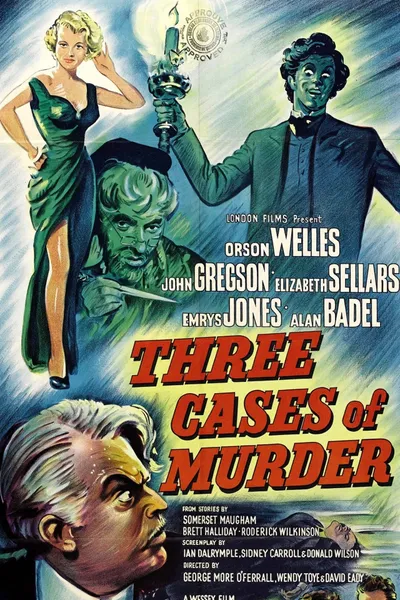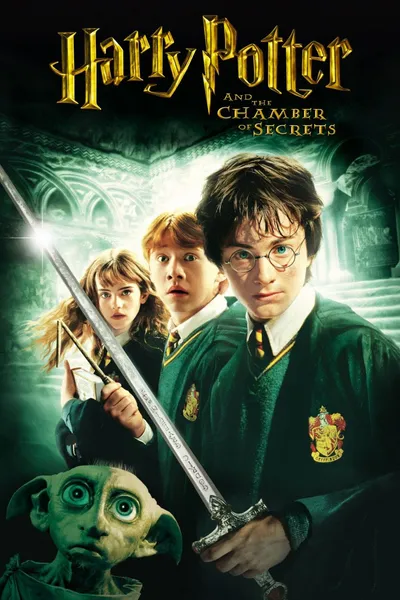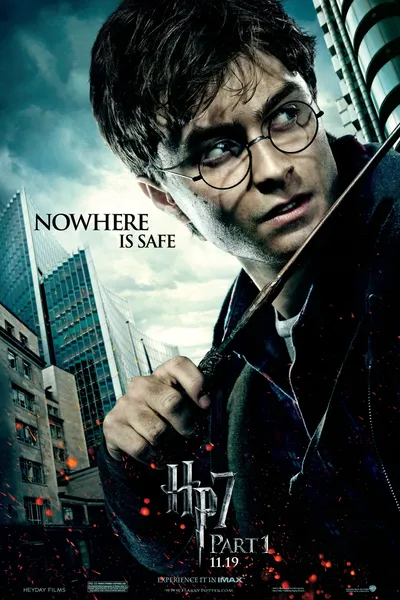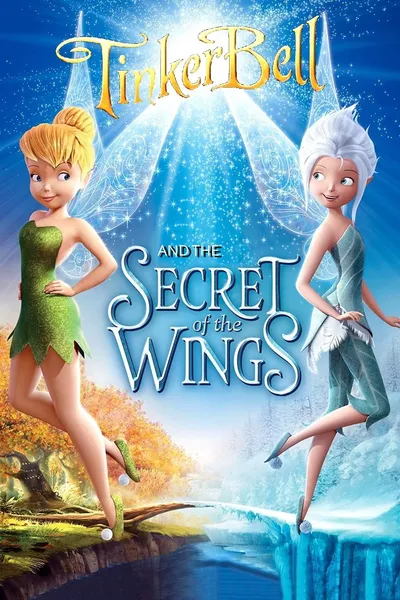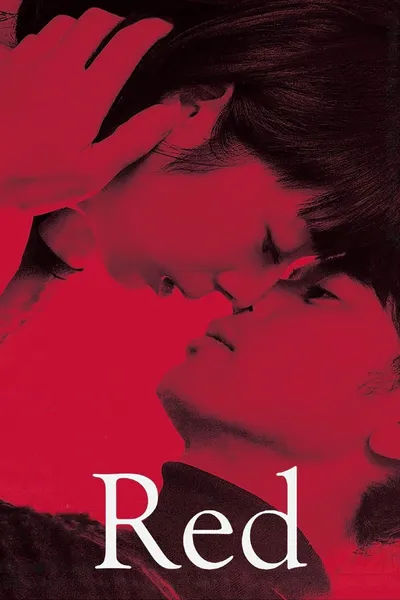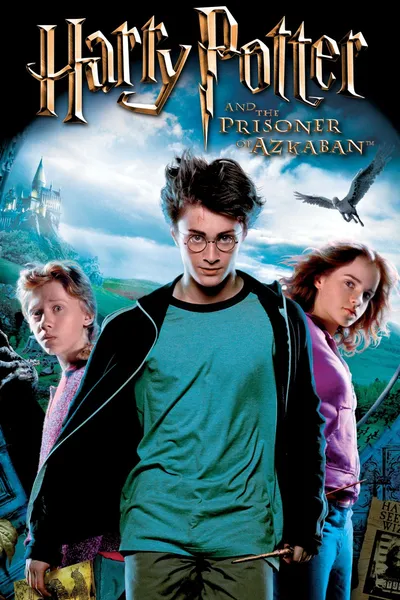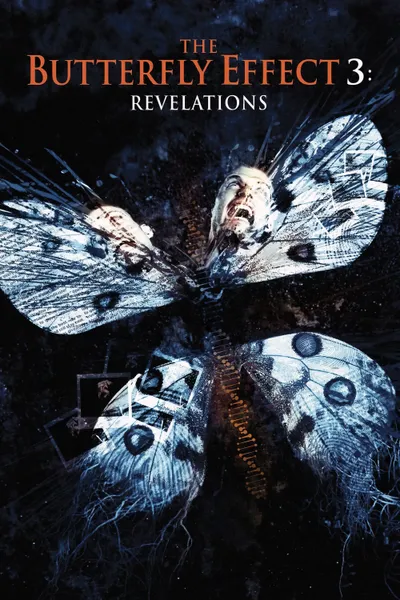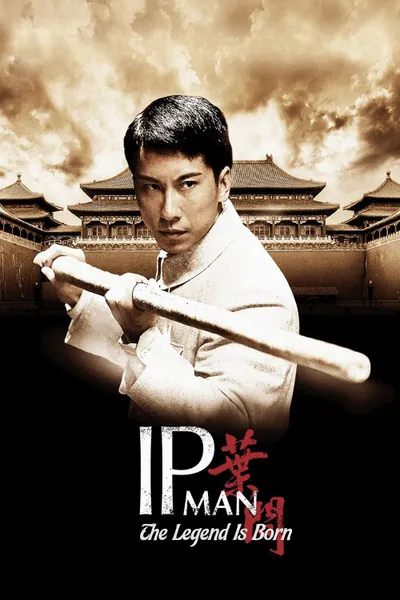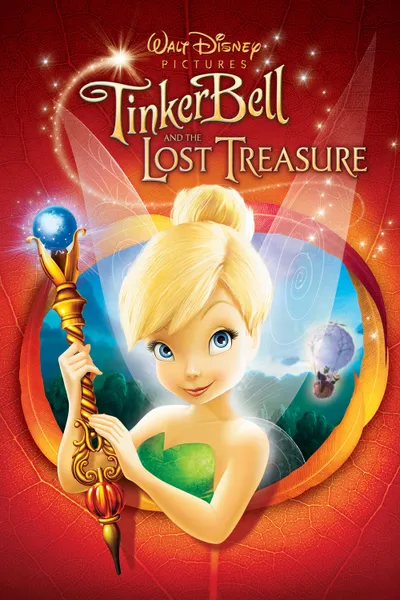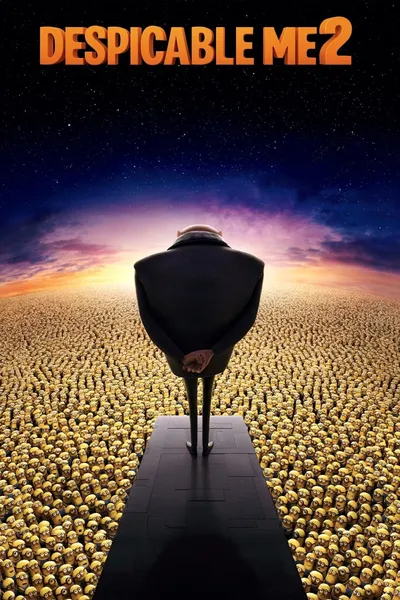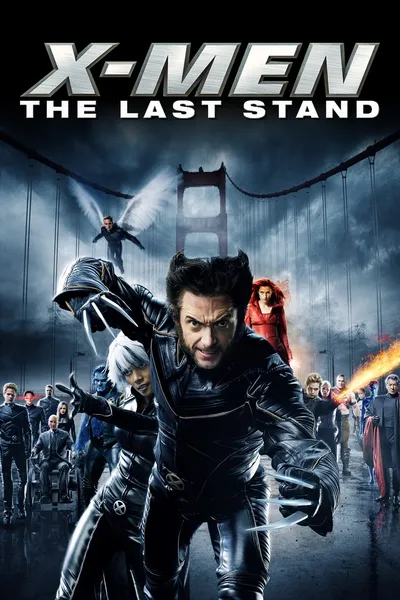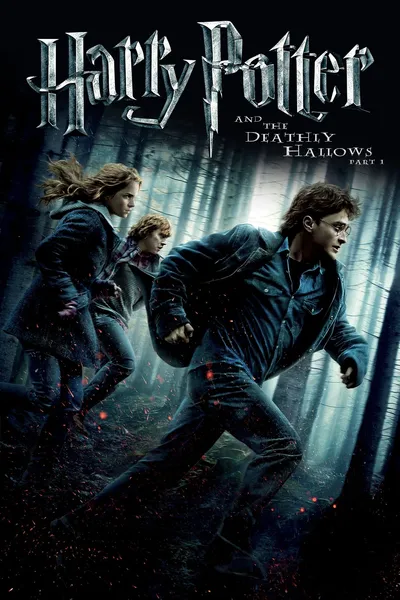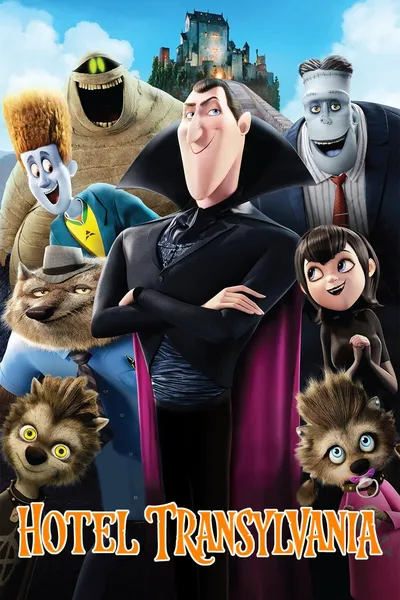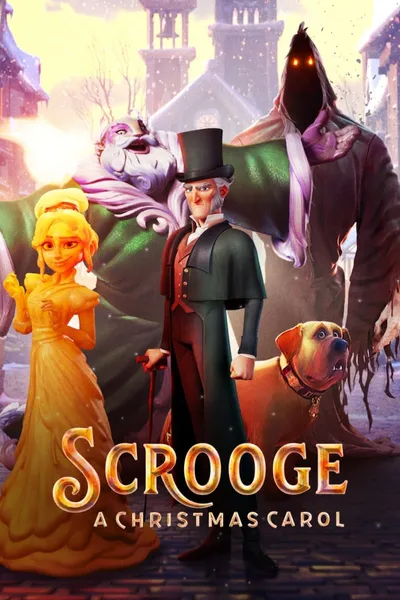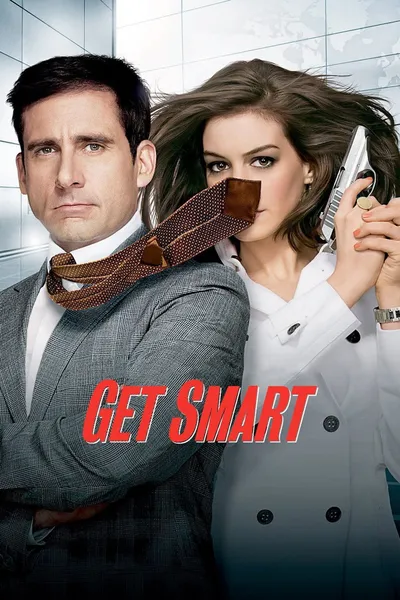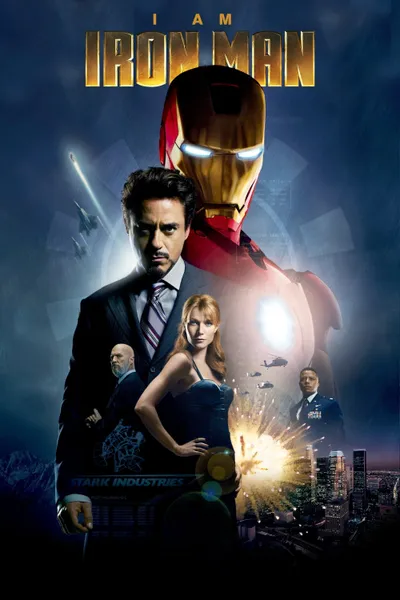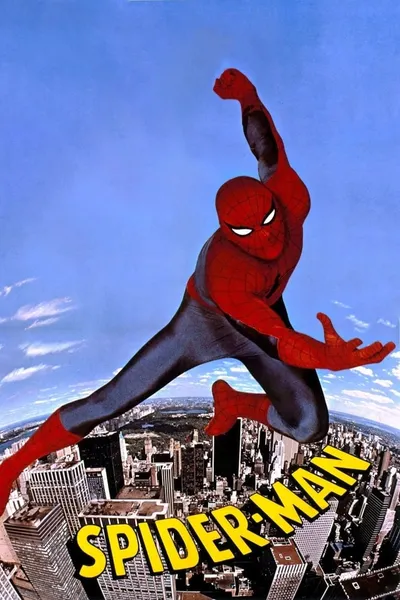Reviews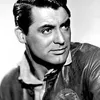
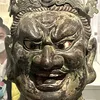

John Chard
February 8, 20148.0
Shepperton’s Tricksy Trio.
Eamonn Andrews is the link man for two tales of supernatural suspense and one murder mystery.
In the first segment, titled In The Picture, an art gallery guide is lured into a macabre house painting by the artist and finds himself at the mercy of the residents who dwell there. In the second segment, titled You Killed Elizabeth, two friends fall in love with the same woman and when she is murdered it’s obvious one of them did it. But which one? The final segment, titled Lord Mountdrago, The Secretary of State for Foreign Affairs ruins the career of an opponent in Parliament and finds the man appearing in his dreams enacting retribution.
As is always the case with anthologies, the quality of stories is mixed, with here the middle section being the one that is pretty standard fare. No such problem with the other two stories though.
The first one is very creepy, even bordering on the terrifying as the tale reaches its conclusion. Once the story reaches the insides of the house in the painting, we are treated to a trio of odd characters living in a house that instantly conjures up images of horror. Ramshackle and creaky, director Wendy Toye further enhances the discord by using canted angles and personalised framing. An excellent story. Starring Hugh Pryse, Alan Badel and Eddie Byrne.
The third tale is considerably boosted by Orson Welles giving bluster to the story written by W. Somerset Maugham. Not without genuine moments of humour, it never reaches scary heights but always it feels off-kilter, the revenge dream attack angle devilish and the production has good quality about it. Very good. Alan Badel co-stars and although the three stories are not related, he is the constant actor in all three. Grand old British trilogy. 8/10

CinemaSerf
August 29, 20237.0
Alan Badel provides the thespian thread for these three stories and he is really quite effective. The middle one is more of a straightforward, manipulative, whodunit - with an interesting twist at the end; but the other two are worth a bit more comment. In the opener, his role is in a museum where he engages in conversation with an employee "Jarvis" (Hugh Pryse). He brings his new friend's attention to the fine detail of a painting which looks almost real. Of course it can't be - or can it? What lies behind that black wooden door and why might the candle in the window only seem to burn some of the time? The final instalment features a rather clever psychological drama with Orson Welles as the grandiose Foreign Secretary "Lord Mountdrago" who casually swats away a speech by Badel's opposing MP "Owen". It's all in a day's work for the former man's superior intellect, save that shortly after his victory he starts to have vivid dreams that feature his new nemesis and some increasingly disagreeable scenarios for himself. He seeks the assistance of the puzzled "Dr. Audlin" (André Morell) wary that he seems to be losing control! This latter one is the more substantial of the trilogy, but together they deliver quite an enjoyably interesting series of slightly eerie, oddly provocative, dramas that I found quite intriguing. Worth a watch.
Recommendation Movies
Harry Potter and the Chamber of Secrets2002
Harry Potter and the Half-Blood Prince2009
50 Greatest Harry Potter Moments2011
Secret of the Wings2012
Red2020
Harry Potter and the Prisoner of Azkaban2004
The Butterfly Effect 3: Revelations2009
Shrek 22004
The Legend Is Born: Ip Man2010
Tinker Bell and the Lost Treasure2009
Despicable Me 22013
X-Men: The Last Stand2006
Harry Potter and the Deathly Hallows: Part 12010
Hotel Transylvania2012
Scrooge: A Christmas Carol2022
Fidel: The Untold Story2001
Get Smart2008
I Am Iron Man2008
Spider-Man1977
The Ice Age Adventures of Buck Wild2022
© 2025 MoovieTime. All rights reserved.Made with Nuxt
